A few years ago, I published an SEO case study on my blog where I revealed a relatively simple, yet often overlooked, technique to boost search traffic to your old posts.
Using this remarkably easy content upgrade strategy, I was able to significantly increase organic traffic to my blog. Not only did it improve the rankings of my top-performing posts, but it also helped me revive older posts which were barely getting any organic traction.
In this article, I'll deconstruct the 6-step content upgrade strategy with examples so you can implement the same for your own blog.
Let's get started.
Table of Contents
What is the Content Upgrade Strategy?
The content upgrade strategy is inspired by HubSpot's historical optimization strategy. After running a few SEO experiments, I was able to tweak and update a few steps along the way. But all credit goes to HubSpot's Pamela Vaughan for writing this incredibly useful post for bloggers.
As you can see in the screenshot above, the post is titled "The Blogging Tactic No One Is Talking About: Optimizing the Past" and sadly, even after five years of its publication, very few bloggers adopt this strategy.
The main reason, in my opinion, is that they'd rather devote their time and efforts into writing new posts over updating old ones. But by not upgrading old blog posts, bloggers are missing out on a ton of organic traffic.
In the post, Pamela Vaughan defines historical optimization as follows:
Historical optimization means updating and optimizing your "old" blog content so it's fresh, up-to-date, and has the ability to generate even more conversions and organic search traffic than it already does.
Using historical optimization, HubSpot was able to increase the number of monthly organic search views of old posts by an average of 106%.
Since then, historical optimization has become an integral part of HubSpot's blogging strategy, and they have numerous blog posts, case studies, and even an eBook dedicated to the process.
Now let's get back to the content upgrade strategy. Like I said, it's inspired from HubSpot's historical optimization strategy, but I've made some changes along the way.
The content upgrade strategy is a process of relaunching an old blog post with new and updated information in an effort to boost its search traffic and revive its rankings.
Using the content upgrade strategy to revive old blog posts, I was able to achieve the following results:
- 21 Movies Every Entrepreneur Should Watch for Inspiration saw an increase of 146.22% in organic traffic
- How to Get High-Quality Backlinks with Infographics witnessed an increase in search traffic by 16.91%
- 10 Best TV Shows for Entrepreneurs saw an increase of 94.43% in organic traffic
- 30 Best Marketing Podcasts received a search traffic boost of 15.96%
- 10 Best YouTube Channels for Entrepreneurs saw an increase of 59.21% in search traffic
- How to Track Facebook Ads in Google Analytics received an organic traffic boost of 693.44%.
But that's not all — these are just six examples from my blog. Ever since I discovered this strategy, I've implemented it across the website, and in each case, I've been able to witness a dramatic increase in search traffic for the older posts.
The content upgrade strategy has already been explained in detail in this SEO case study I published in 2020, but in this article, I'll try to offer a summary of all the steps involved in the content upgrade strategy, with examples and proof, so you can follow the same process for your own blog.
6 Steps to Achieve Higher Traffic with the Content Upgrade Strategy
1. Identify Articles with Declining Traffic
This step involves identifying articles on your website that are currently witnessing a declining trend in organic traffic.
To get started, pick an article that already gets decent search traffic, preferably ranking on page 1 of Google for your targeted keywords, but not ranking at #1 or #2.
Important note: This doesn't mean you should ignore posts that are ranking outside of page 1. When it comes to content upgrade, you've got to prioritize your time and efforts. A post that currently ranks at #5 has a better chance of ranking at #1 than posts that are languishing on page 2 or beyond.
Once you've upgraded your top organic posts with losing traffic, you can move on to the rest.
So how do you identify your top posts that are losing organic traffic?
You can do this the easy way or the hard way.
The hard way involves using Google Analytics or Google Search Console to find posts that have witnessed a decline in organic traffic.
On Google Search Console, visit the Search results report and click on date. Then choose the "Compare last 6 months to previous period" filter.
Sort the results by "Clicks difference" from low to high. Pick a post that has seen the highest decline in value.
On Google Analytics, you can navigate to:
Acquisition > Overview > Organic Search
Select the date range on top and compare the last 3 months traffic data with the previous 3 months. Notice if there's a drop in search traffic for any of your top 10 organic posts.
That covers the hard way.
The easy way is to use a free SEO tool called Animalz Revive which syncs up with your Google Analytics traffic data to provide a list of posts from your blog that need an upgrade.
You just need to enter your email address and in a few hours, you'll receive an email containing a list of all the pages on your site with the biggest traffic drop.
Pick any one of these posts and move on to step 2.
2. Update Your Content with Fresh Information
This step involves updating your content with fresh information. A good practice would be to check the content of the sites ranking above you to determine what your content lacks.
Remember: Your article needs to be at least 2x better to stay on top of search engine result pages (SERPs) consistently.
Let me illustrate this step with an example from my own blog.
In my case, the article that was badly in need of an upgrade was this: 21 Best Movies for Entrepreneurs
This article was originally published on July 26, 2017. Back then, the list of movies included just 14 movies. The article was getting a decent amount of search traffic, but it was not ranking in the top 3 for the target keyword phrase "movies for entrepreneurs."
It was fetching close to 2,500 monthly organic visitors, but I had noticed a downtrend in its search traffic in the last 3 months.
I knew it could drive more organic traffic and had the potential to rank at #1 with a few tweaks.
Being a movie buff, I knew I could add a few more business movies to the list and increase its possibilities of ranking in the first position on Google.
I also noticed that the articles that were outranking my post for the target keywords only had 10-15 movies featured on their lists. So it was clear to me that I had a good chance of outranking my competitors by adding a few more movie recommendations for entrepreneurs to my list.
To that end, I added 7 more movies to the list, rounding off the list to 21 movies.
At the same time, I optimized the internal link structure by adding a few relevant resources for entrepreneurs within the article.
Exactly one month later, the blog post was getting 146% more organic traffic (i.e., 5,956 visits vs. 2,419 visits.)
Furthermore, the article had climbed up the search rankings. It was now ranking at position #1 for high-volume keywords such as "movies for entrepreneurs" and "entrepreneur movies," outranking authoritative competitors such as HubSpot, Entrepreneur, and Lifehack.
Now this example covers an article that was already ranking on page 1 of Google.
Let me now share an example of an article that was barely getting any organic traffic. My guide to tracking Facebook ads in Google Analytics was languishing on page 2 of Google.
You may think that's not too bad, but when you consider the fact that I was targeting long tail keywords like "how to track facebook ads in google analytics," it puts things in a different perspective.
I followed the same 6-step process outlined here to upgrade and relaunch my article.
And this was the result:
The search traffic increased by a whopping 693.44% in exactly one month after I republished the post.
This is just to show you that the content upgrade strategy is not restricted to your top-performing posts. It can also be used for articles that aren't receiving much organic traction.
But we are getting ahead of ourselves. Let's now move to step 3 which involves keyword optimization.
3. Optimize Your Target Keywords
Let's take the same example of my post on the best movies for entrepreneurs.
At the time of publishing the post, I was targeting two keyword phrases — "movies for entrepreneurs" and "entrepreneur movies," both of which had a monthly global search volume of 7,300.
As mentioned before, I was ranking at #5 on Google for these keywords and I knew I could do better.
When it comes to optimizing your keywords, there are two things you need to take care of:
- Keyword Frequency
- Keyword Variations
Let's take a deeper look at both of these.
Keyword Frequency
Keyword frequency is the number of times your target keywords appear in your content.
My recommendation to you would be to use your target keywords sparingly in your content. Don't stuff keywords in your content. Repeat the main keywords two to three times in your content.
Instead, use different keyword variations of your seed keywords in strategic places. And use them only when you're sure they'll add more depth and nuance to your content.
Keyword Variations
Instead of repeating your target keywords numerous times, use different keyword variations of your seed keywords in strategic places. But make sure they appear in the natural flow of your content. Don't force them into your content.
Keyword variations are also called Latent Semantic Indexing (LSI) keywords. LSI keywords are phrases that are closely related to your seed keywords.
The SEO community is split on whether Google uses LSI keywords to determine the relevance and quality of your content.
In my experience, I've noticed adding LSI keywords or keyword variations helps me rank for specific terms that I wasn't ranking for before. This is especially the case with long-form articles where there is a lot of scope to add keyword variations.
Bottom line? Adding keyword variations of my main keywords in my content did indeed boost my organic traffic. As long as it adds depth and nuance to your content, using LSI keywords is harmless.
Now, how do you identify keyword variations for your target keywords?
It's important that you research your keyword variations and examine different SEO metrics for these keywords before you add them to your content.
I'd recommend any of the following tools for this task:
- Semrush's Keyword Magic Tool
- GrowthBar
- Google's "Related Searches" column
With Semrush's Keyword Magic Tool, you just need to plug your seed keywords in the search box and the resulting report will contain a long list of keyword variations, which you can then sort and filter to cherry-pick the best keyword variations.
You can do the same with GrowthBar, which is an excellent budget-friendly alternative to
On GrowthBar, you just need to enter your seed keywords in the search bar and the tool will generate a list of keyword variations, alongside key metrics like monthly search volume and keyword difficulty score.
On Google, you just need to enter your search query and navigate directly to the "Related Searches Column" at the bottom of the page.
Select the keywords that you think will add more depth to your content.
When I was upgrading my list of best movies for entrepreneurs, I found it could use a few relevant keyword variations. Using the three tools listed above, I found close to 300 variations of my target keywords. But based on the context of the topic I was writing on, these were the keyword variations I used in my final draft:
- "movies every entrepreneur should watch"
- "best biography movies"
- "best entrepreneur movies"
- "inspiring movies for entrepreneurs"
- "best startup movies"
Pretty soon, I found my article ranking on top for most of these long-tail variations of my target keywords.
Just to reiterate, don't randomly add keyword variations to your content where it doesn't make sense. It's important that the variations add more context and depth to your post. So, just like my suggestion for your main keywords, use keyword variations sparingly and at strategic places.
4. Add New Visuals
When used properly, adding images, screenshots, explainer graphics, and videos can greatly enhance your content and help illustrate your points. More importantly, they provide a visual break from the text for readers.
The engagement metrics for my "Best Movies for Entrepreneurs" article were already quite good. I had already added the best scenes or trailers of the movies I was covering in the post. There was no scope for adding explainer graphics and screenshots in this post.
But there was one major change I could make concerning the main blog graphic or featured image. When the article was originally published in 2017, I was designing the blog graphics myself using free design tools like Canva.
Since then, my blog has gone through a major design overhaul and I now outsource most of my design work to my dedicated graphic designer at Design Pickle.
Like all other featured images on my blog, I entrusted my designer to redesign the featured image for this article.
This was the result:
As you can see, the graphic on the right has been clearly designed by a professional graphic designer.
With some of my other SEO and content marketing posts, there was a lot of scope to add explainer graphics and screenshots to elaborate on some of the points. And that's exactly what I did, like in this article here:
A monthly subscription to Design Pickle costs $399/month, so I'm not suggesting that you hire a dedicated graphic designer for your site. What I'd suggest is that you add unique images, explainer graphics, screenshots, videos, infographics, or even memes to some of your posts.
Bottom line: Make sure your updated article has new and improved visuals to provide a better user experience to the visitors on your site.
5. Relaunch the Post with a New Date
Once you've updated the article to your liking, it's time to relaunch it.
When you're ready to republish the article, be sure to change the "published" date of your article to the date on which you updated the post. This is an important step that shouldn't be overlooked.
Why?
Because this small change will not just bring your post to the top of your blog feed, but the "published" date will also be highlighted on Google.
Let's face it: No one wants to read an outdated article. This is especially the case with SEO articles where there are bound to be frequent changes and updates.
Moreover, since you have fully upgraded your old article with fresh information, it's only logical that you change the "published" date.
A few business blogs diligently follow this practice. Take a look at Ahrefs' Tim Soulo's tweet here:
I absolutely love how @ahrefs new Content Explorer tool exposes how much our team works on updating/republishing our old content VS publishing new stuff 😇 💪
Do you know any other blogs that are so committed to keeping their content fresh & awesome? 🙂 pic.twitter.com/SIGbEQpWW9
— Tim Soulo (@timsoulo) March 27, 2019
An important thing to remember is to add a note at the end of your article so your readers are aware it's an updated post.
To change your "published" date on WordPress, navigate to the "Publish" section of your post, click on edit, change the date to today, and click "Update."
That's it. You're all set.
But wait… there's a bonus step involved in the content upgrade strategy that helps in future-proofing your article.
6. Steal Your Competitors' Backlinks
In less competitive industries, you can sometimes start ranking on top of Google without actively building backlinks. But in my case, where most of the articles are related to SEO, content marketing, and entrepreneurship, the competition is fierce.
In some cases, you can start ranking on page 1 of Google with zero backlinks. That was definitely the case with a few of my articles. Once you start ranking on page 1, your content will automatically attract natural backlinks.
But these are exceptions.
In most cases, you'll need to invest some time in building authoritative backlinks for your posts in order to consistently rank on top of Google. A link building strategy that I'd recommend involves a mix of competitor research and blogger outreach.
Here's how you should proceed:
- Check out all the top-ranking pages for your target keywords. You can get this data by using an SEO tool like Semrush.
- Publish content that's better than your competition as explained in step #2. Add something unique as highlighted in step #4.
- Perform a link building outreach campaign by sending personalized emails to each blogger/site owner who has linked to any of your competitors. Highlight a few things that are unique in your content and provide reasons as to why your post is more in-depth than that of your competition. You can use any of these outreach tools for this specific task.
Not everyone will respond to your outreach email, but that's ok. If your content is informative and does justice to the topic being covered, and you've provided compelling reasons in your email as to why they should link to your post, you'll soon see results in your link building efforts.
Here are some resources on my blog that can help you with competitor analysis and link building:
- How to Get High-Quality Backlinks (25 Proven Techniques)
- How to Do Competitor Analysis with Semrush [A Detailed Guide]
- 7 Best Competitor Research Tools to Spy on Your Competition
- How to Get High-Quality Backlinks with Infographics
Once you're done implementing the content upgrade strategy for one of your older posts, you can move back to step #1 and repeat the whole process again for other blog posts that are underperforming in SERPs.
Summary and Content Upgrade Strategy Infographic
So that wraps up the simple, yet highly effective, content upgrade strategy. Here's a recap of all the steps involved:
- Step 1: Identify Articles with Declining Traffic
- Step 2: Update Your Content with Fresh Information
- Step 3: Optimize Your Target Keywords
- Step 4: Add New Visuals
- Step 5: Relaunch the Post with a New Date
- Step 6: Steal Your Competitors' Backlinks
Now that you're familiar with the 6-step process to increase your organic traffic, it's time you gave the content upgrade strategy a shot.
But remember: Content upgrade should never be a substitute for publishing new content. Make sure you stick to a content calendar and publish new articles on a timely basis to keep your readers engaged.
If you have any questions about the content upgrade strategy or any of the steps outlined above, leave a comment below and I'll be glad to answer all your questions.
Below is an infographic of content upgrade strategy that summarizes the key points discussed in this article.
If you found this article useful, please share it on Twitter using the link below:
Related Articles


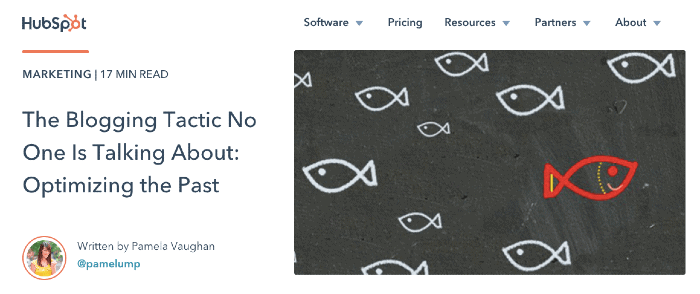
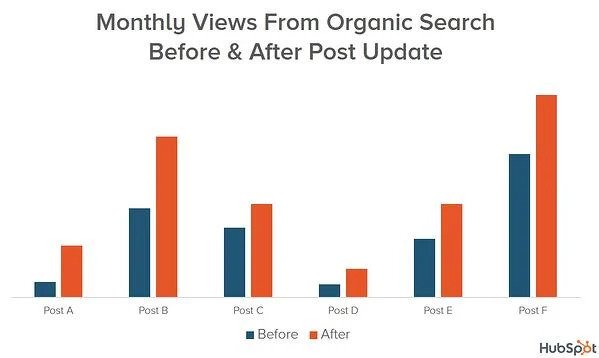
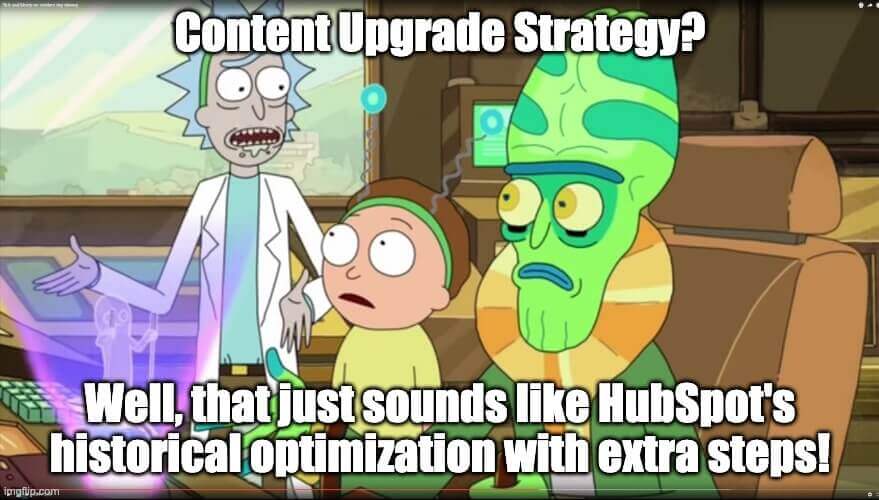
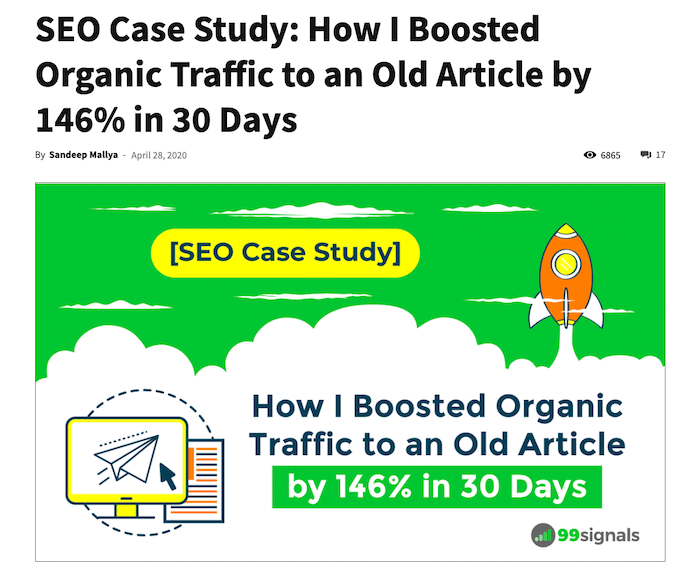
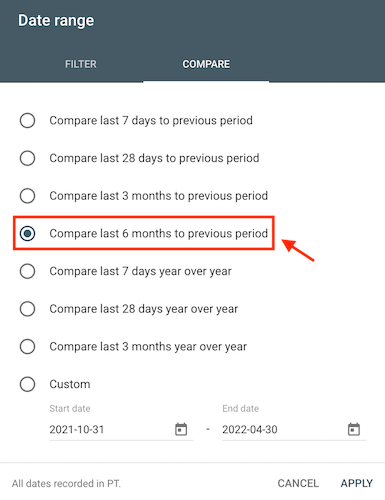
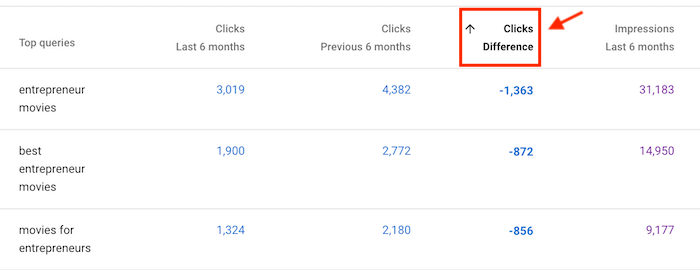
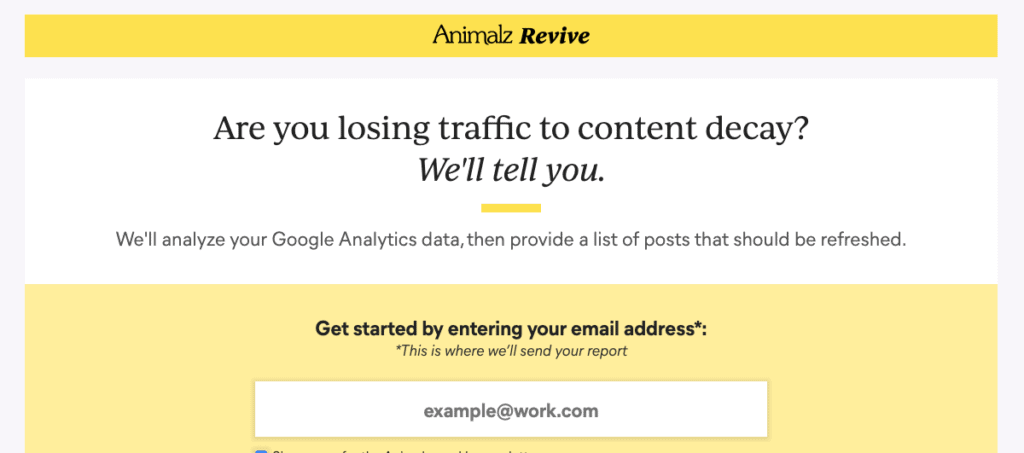




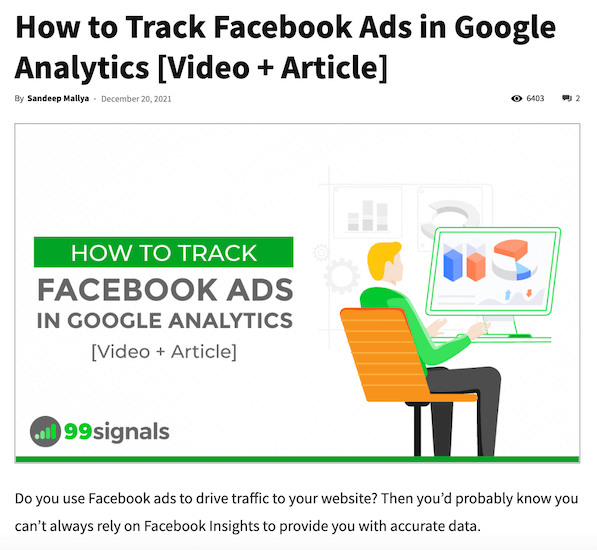
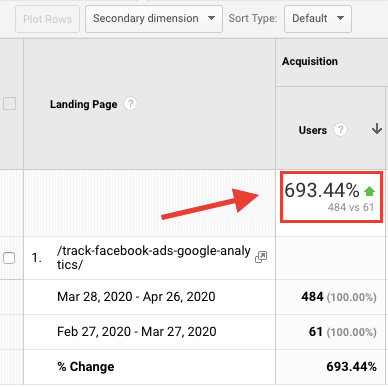


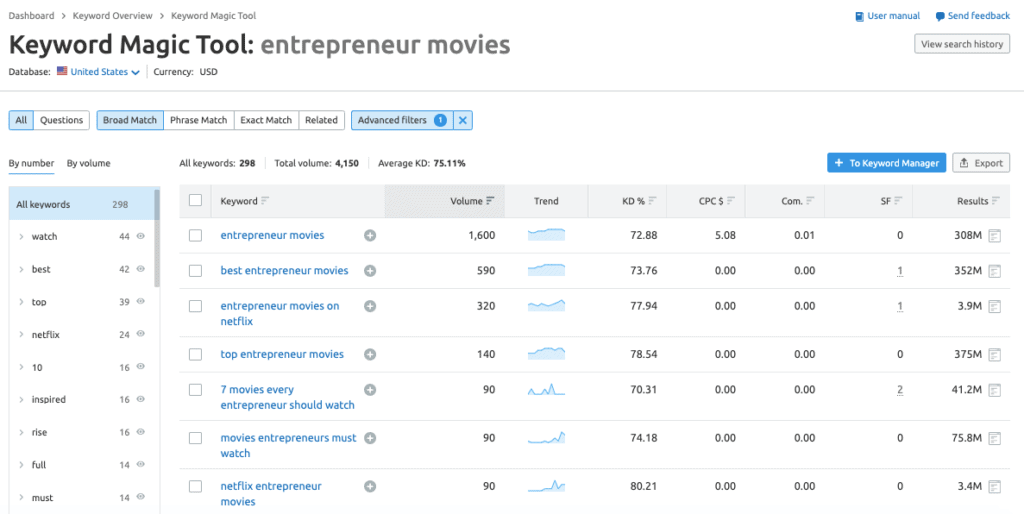
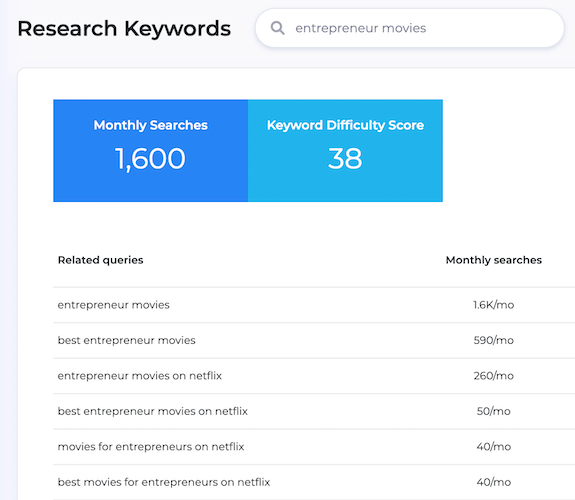


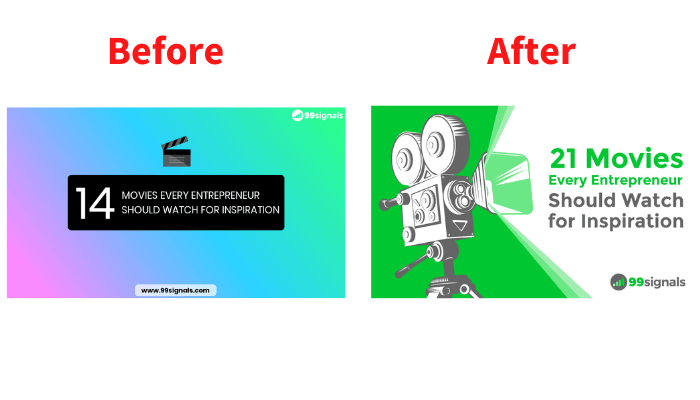

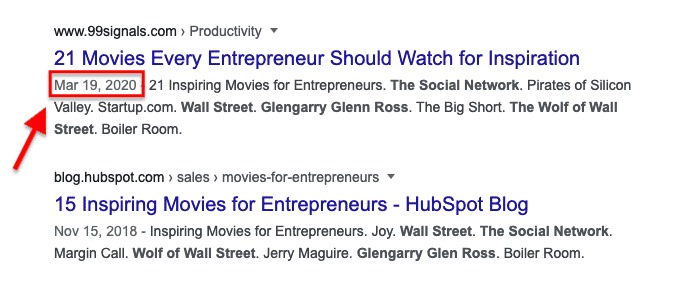


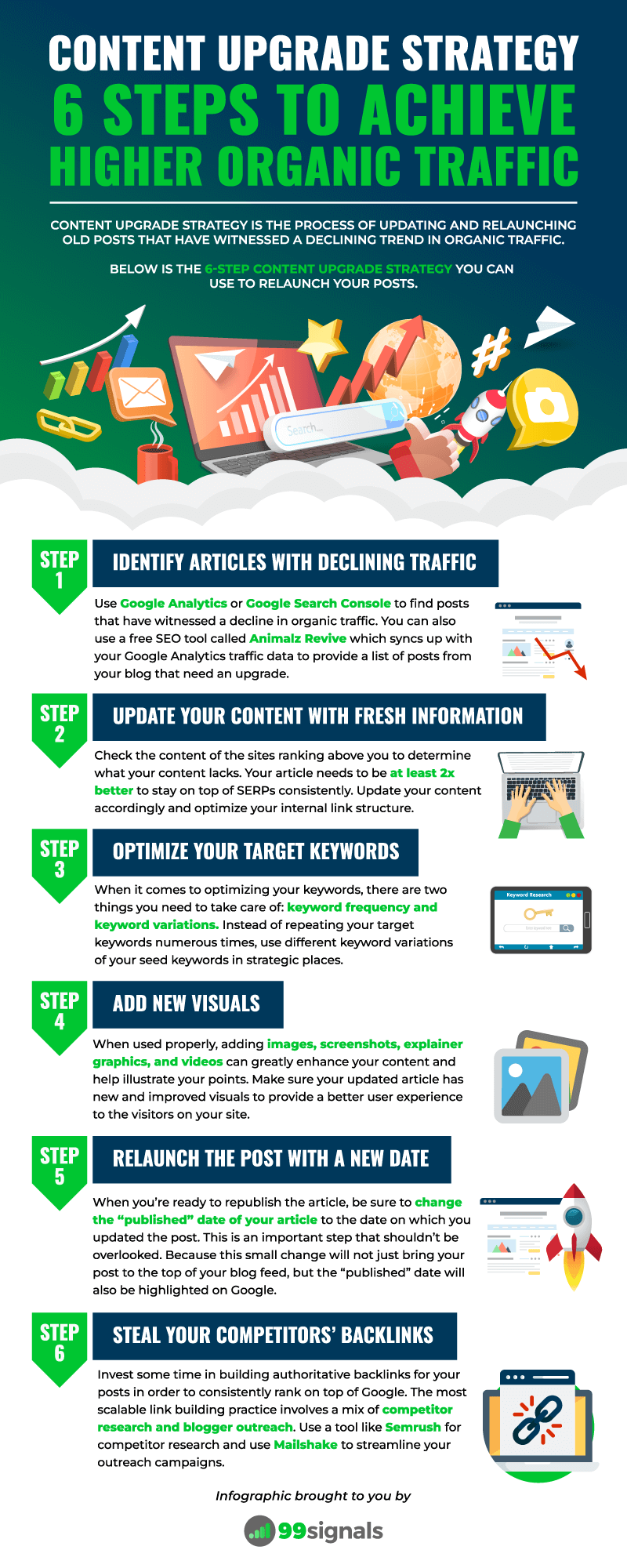
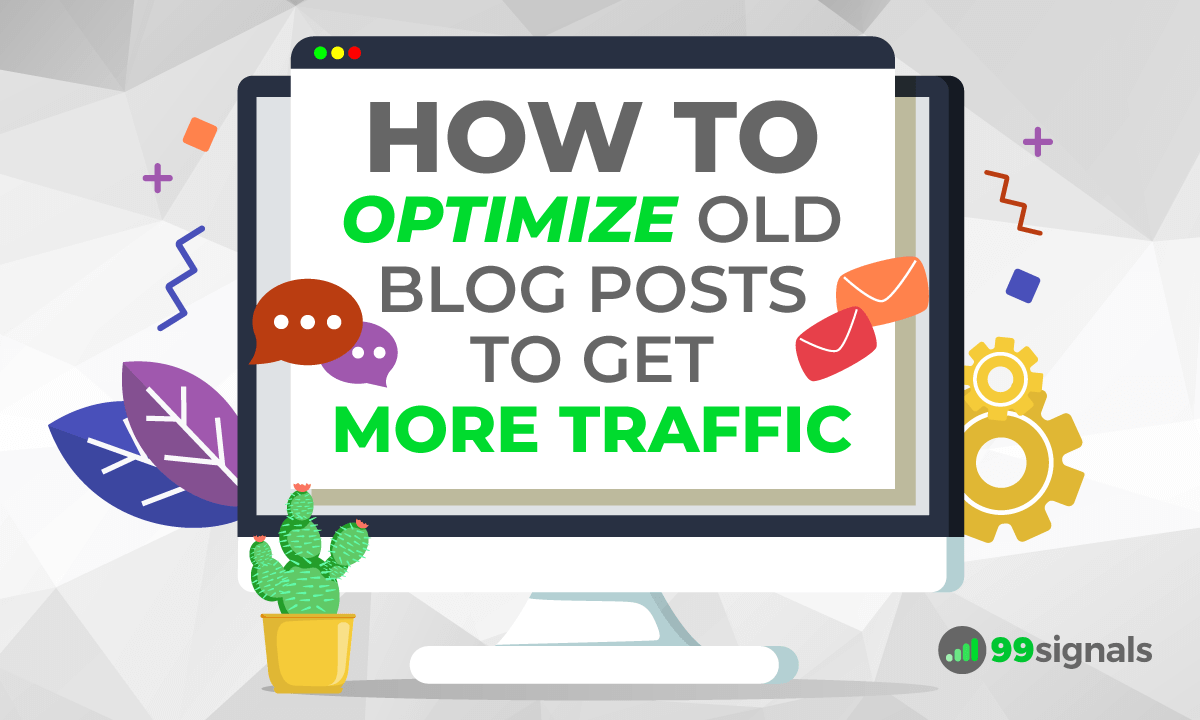
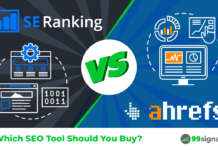
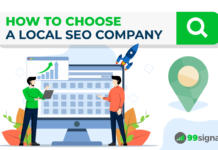
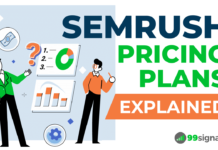
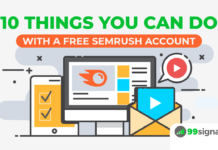

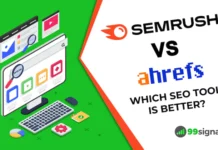



Hi Sandeep,
Great post as always.
I'm using the WordPress plugin "WP Last Modified Info" so my blog posts display the last modified date. This way, I don't have to change the published date. In your experience, what do you think is best?
All the best,
Vasco
Hello Sandeep,
Excellent advice!
After you update a post with fresh content, do you recommend "Request Indexing" from Google Search Console, or just leave it for Google to crawl it at its own time? Thank you!
Andy